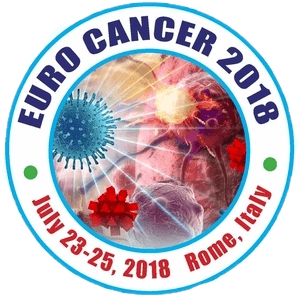
Fikri Sekcuk Simsek
Firat University, Turkey
Title: The important overlapping problem between malign and benign thyroidal nodules in cancer patients with FDG-PET/CT
Biography
Biography: Fikri Sekcuk Simsek
Abstract
Statement of the Problem: Thyroidal nodules are often detected in patients referred for another disease called incidentaloma. The nodule frequency in autopsies is as high as 50%. Due to advances in imaging methods, the numbers of detected nodules have been increasing and this affects cancer patients, too. Widespread use of FDG-PET/CT in these patients, which provides the opportunity of full body imaging are one of the main factors of this. In patients who already have malignancy, characterization of incidentalomas is an important problem. The low FDG uptake of normal thyroid tissue suggests that PET/CT may be useful in characterizing thyroidal incidentalomas. However, increased FDG uptake in some benign conditions makes it difficult. In this study, we aimed to reveal a clinical problem that may occur if the characterization of thyroidal incidentaloma in cancer patients performed with FDG-PET/CT.
Methodology & Theoretical Orientation: FNAB/histopathology results of 16/33 patients with incidentaloma who had elevated thyroidal FDG uptake shown by FDG-PET/CT were evaluated. Five patients had histopathological evaluation, 11 had cytological evaluation and 17/33 patients didn’t have any pathological result.
Findings: 4/16 patients were diagnosed with malignancy, 3/16 non-specific atypical changes and 9/16 benign incidentaloma. SUVmax of benign nodules was between 3.22–16.94 and malignant nodules were between 3.57–12.52. When results were thoroughly analyzed, 3/9 (33%) of the benign incidentalomas had higher SUVmax than all malignant nodules (13.16, 16.83, 16.94). In addition, 7/9 (77.8%) benign nodules had higher SUVmax than malignant nodule with SUVmax 3.57.
Conclusion & Significance: There is a considerable overlap in SUVmax of thyroidal incidentalomas in cancer patients. Thus, we propose that, characterization of thyroidal nodules based on SUVmax cannot be a reliable approach.

